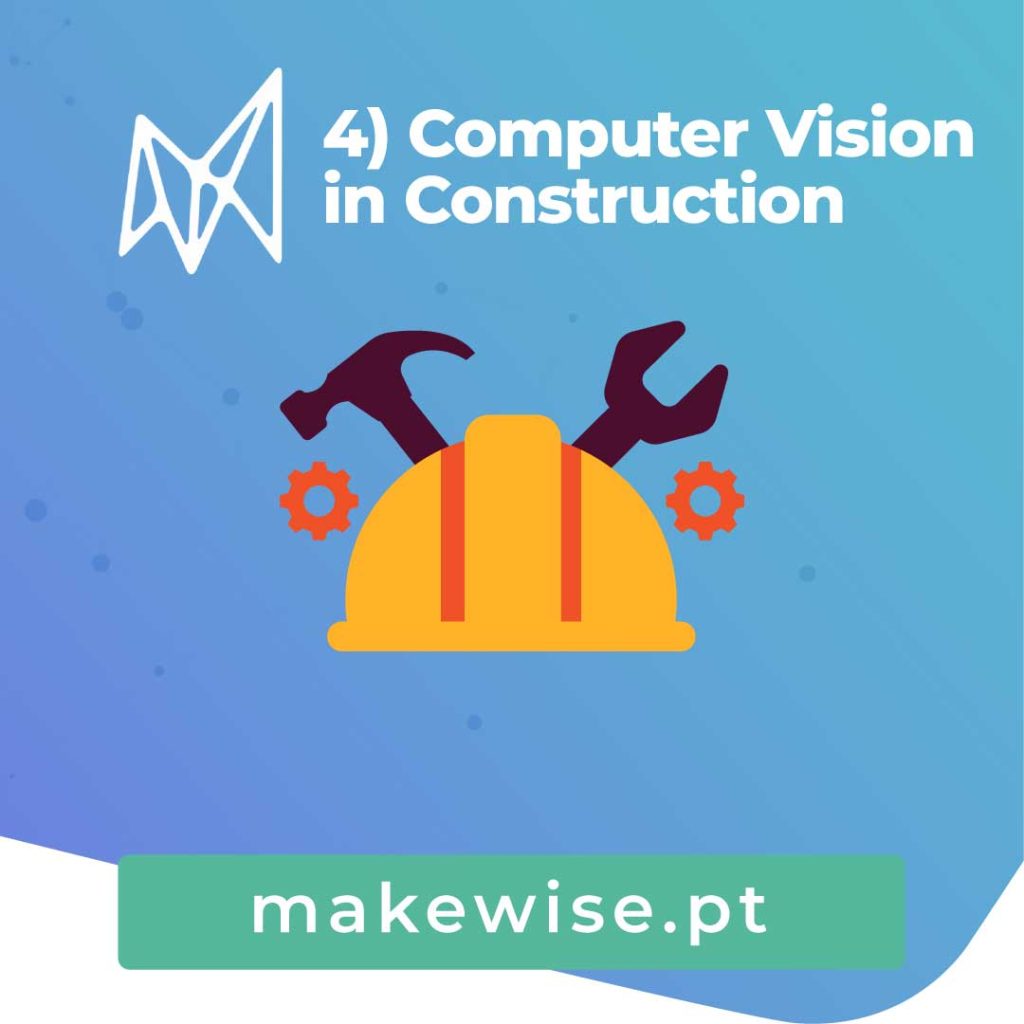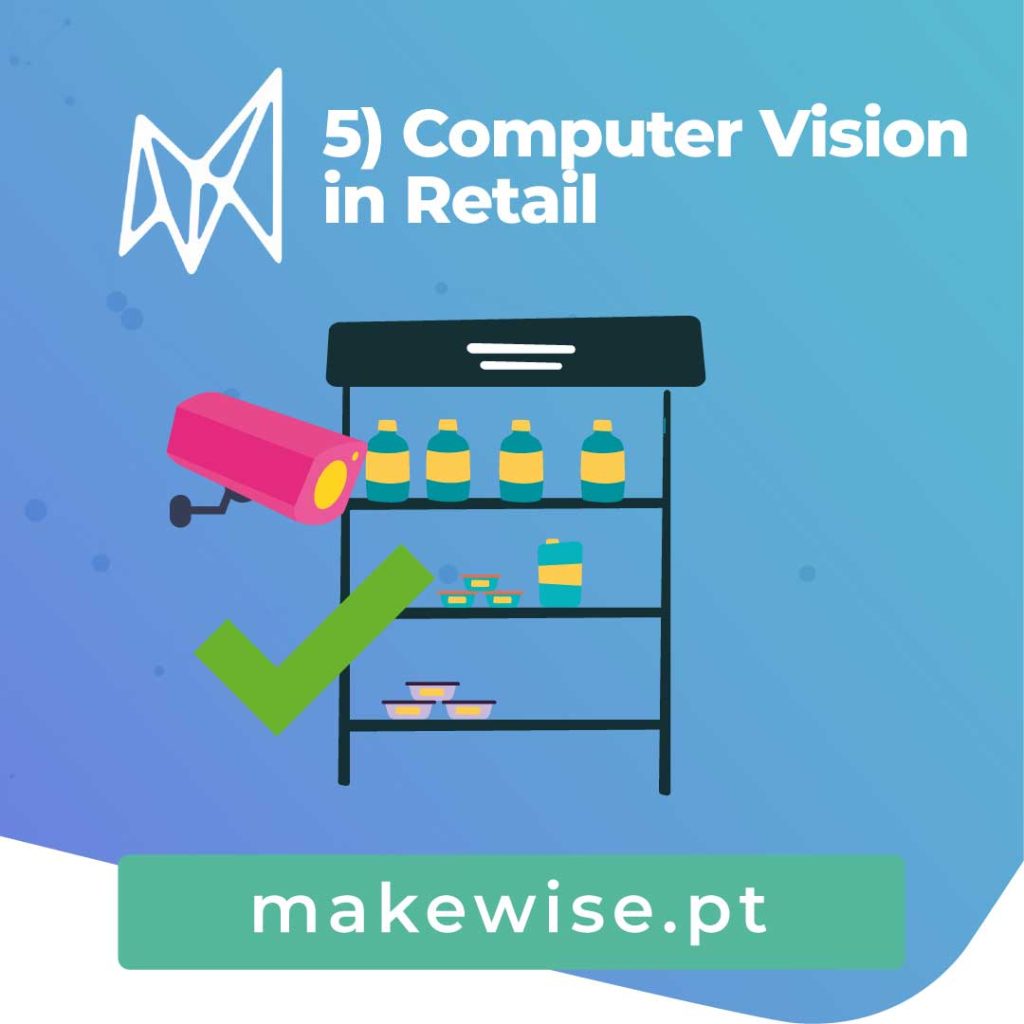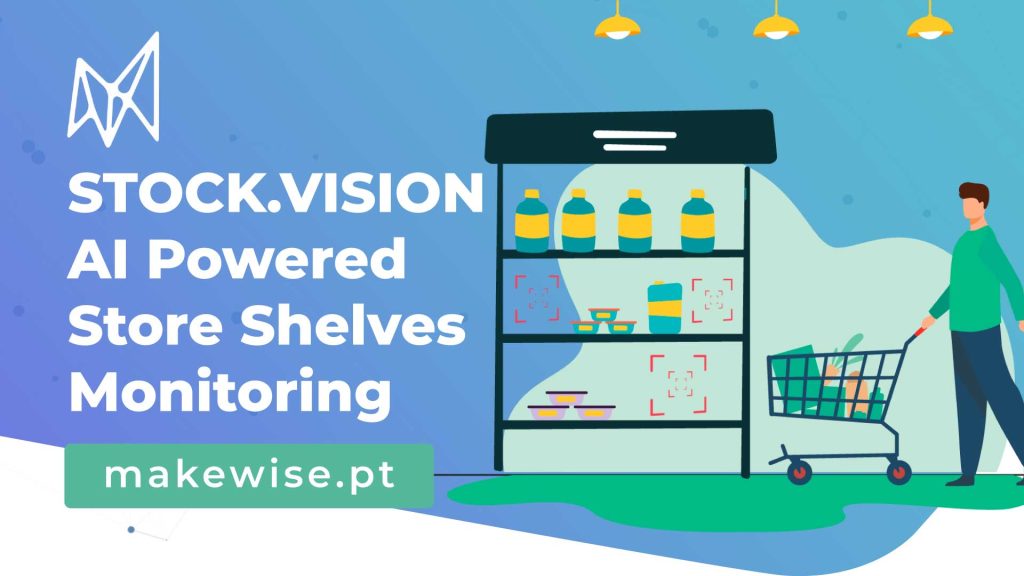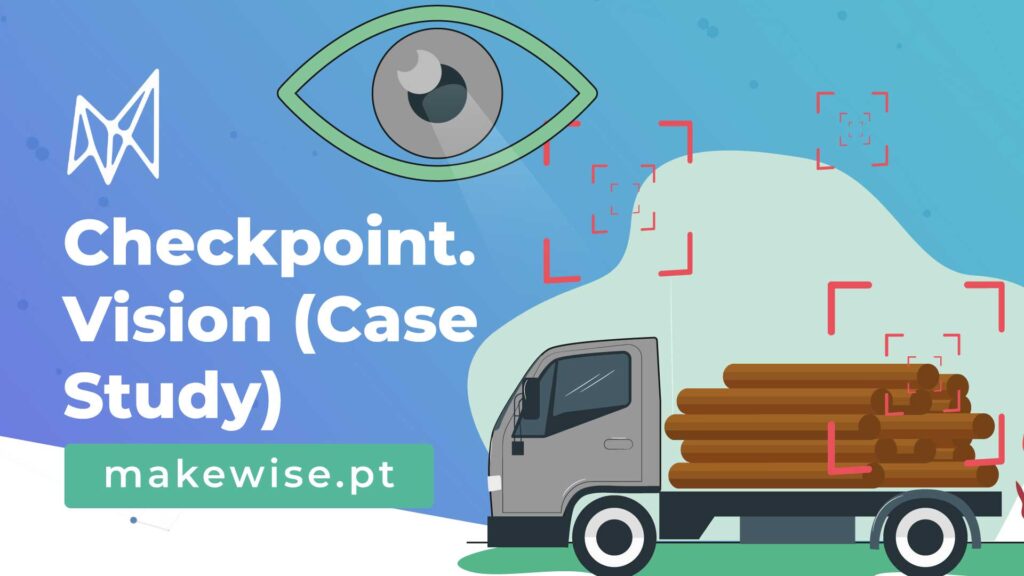We’ve wrote a few times about Computer Vision! Mainly, about what it is and what it can do; its impact in the digital transformation; real world scenarios examples; and so on…
So, you already know that computer vision is an AI field that allows machines to see, observe and understand.
With the ongoing research and improvement in AI technologies, computer vision applications gain value and potential in multiple industries. Here are 5 Top Applications of Computer Vision in Industry…
The Top 5 Applications of Computer Vision in Industry (in no particular order)
Industry Applications #1 – Computer Vision in Transportation

The demands of the transportation sector keep increasing, and with them so has the technological advancement, with computer vision as its focus. From autonomous vehicles to parking occupancy detection, computer vision has become a critical field for promoting the efficiency and safety of transportation.
- Self-driving cars – This was something we would only be used to see in science fiction movies, but it’s becoming a reality with significant advances made every day. Computer vision is used to detect and classify objects (other vehicles, pedestrians, road signs or traffic lights), playing a key role in making autonomous vehicles a reality.
- Parking occupancy detection – Computer vision is already widely used for visual parking lot occupancy detection. Thanks to recent advances, camera-based parking occupancy detection systems have quickly achieved extremely high accuracy.
- Traffic analysis – Algorithms can now accurately track traffic, monitor and analyze traffic density in various areas, helping to design better traffic management systems and improve road safety.
Industry Applications #2 – Computer Vision in Healthcare

With the technological advancement provided by AI solutions, such as computer vision, medical professionals are no longer forced to spend hours manually analyzing patient data.
- X-Ray analysis – While most doctors are still relying on the manual analysis of X-ray images for diagnosing and treating diseases, with the use of computer vision, they can automate the process, increasing both efficiency and accuracy. Image recognition algorithms can pick up patterns in X-ray images too subtle for the human eye.
- Cancer detection – Through computer vision, doctors can identify anomalies and changes by comparing various cells, being able to rapidly prepare a diagnosis.
Industry Applications #3 – Computer Vision in Manufacturing

The manufacturing industry has managed to greatly optimize processes using computer vision solutions. Quality control, safety and increased production are some of the areas that can be optimized through automation.
- Quality control – Through computer vision, it’s become much easier for large-scale manufacturers to achieve 100% quality control accuracy. Camera-based system collect data in real-time and analyze it through computer vision and machine learning algorithms, comparing the data against a predefined set of quality standards.
- Product assembly – Many companies have already implemented automation of the product assembly line. Using computer vision, designs are generated in 3D and robots and human workers are guided through the assembly process. By doing this, assembling and packaging standards are maintained.
Industry Applications #4 – Computer Vision in Construction

This is an area that is quickly including computer vision for many uses. Safety and asset inspection are just two of many uses for computer vision in the construction industry.
- Predictive maintenance – It’s common for machinery and equipment to degrade, and if not handled with maximum care and efficiency, this can halt all work and compromise the safety of workers. Using computer vision, the machinery and equipment can be monitored in real time, to proactively address any faults before disaster happens.
- Safety – PPE (Personal protective equipment) is paramount to the safety of workers. Cameras monitor all workers and if they find any not using their equipment properly, or if there is any problem with said equipment, a warning is sent out and the issue e properly addressed, resulting in a much safer work environment.
Industry Applications #5 – Computer Vision in Retail

Retail stores can benefit from the use of computer vision, to acquire data helpful in providing a better employee and customer experience.
- Self-checkout – While it’s become quite common to have self-checkout in many retail stores, the technology has become much more advanced with the use of computer vision. Customers interactions can be better understood, and queue times can be optimized by analyzing all data collected.
- Stock management – By capturing data from all cameras placed around the location, stocks can be updated in real-time, and any products not available in the store can be re-stocked by employees. This optimizes the inventory management process.
STOCK.VISION: AI Powered Store Shelves Monitoring by MakeWise

A shelf monitoring solution that provides real time item availability information based on in-store camera footage.
- Uses images from CCTV cameras to monitor.
- Real time item availability information.
- Alerts with the shelf and product identification.
- The shelf is permanently monitored.
CHECKPOINT.VISION: Logistics and transport of Raw Materials by MakeWise

CHECKPOINT.VISION is a computer-operated load control system that allows object recognition, as well as the control and verification of cargo transport.
- Data Management – Centralized and secure access to all information.
- Zero fraud – Allows validation of load integrity at the destination.
- Load metrics – Generates multiple load metrics and measurements through computer vision.
- Integration – Easily integrated with other IT systems.
Confirm all MakeWise’s solutions here, and start your business digital transformation journey today. Contact us!

